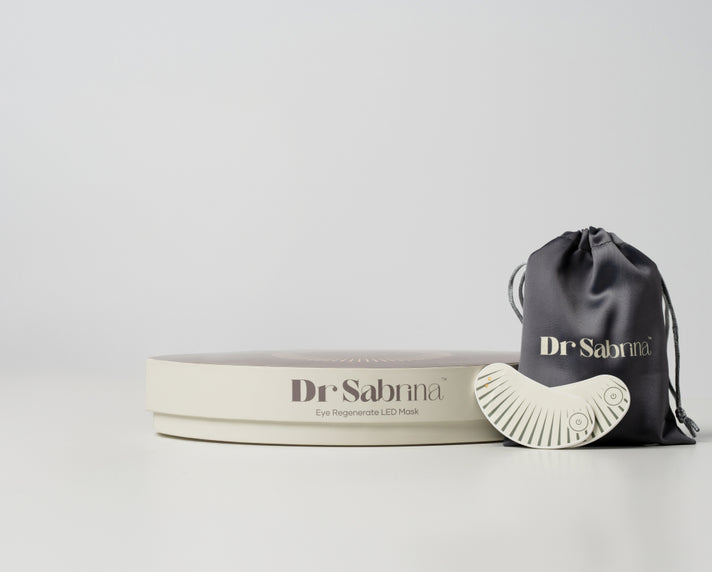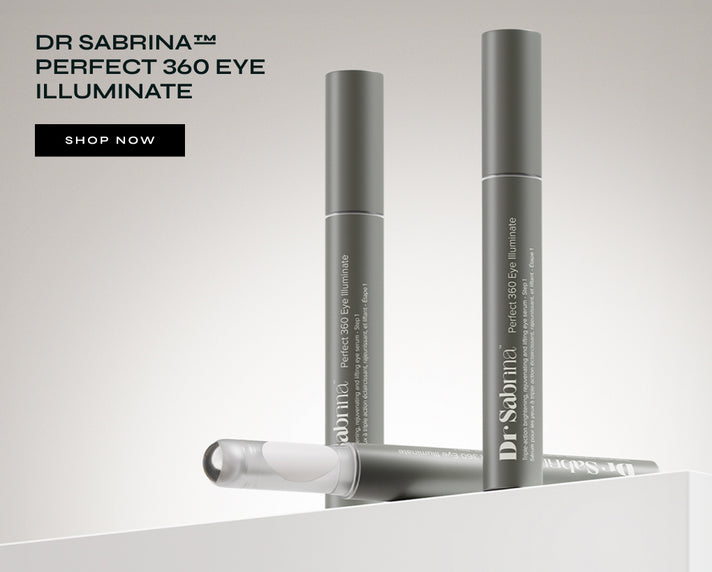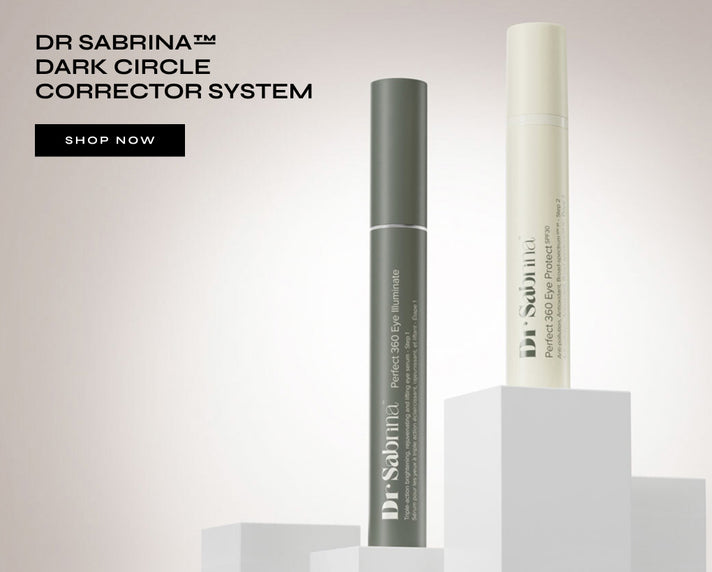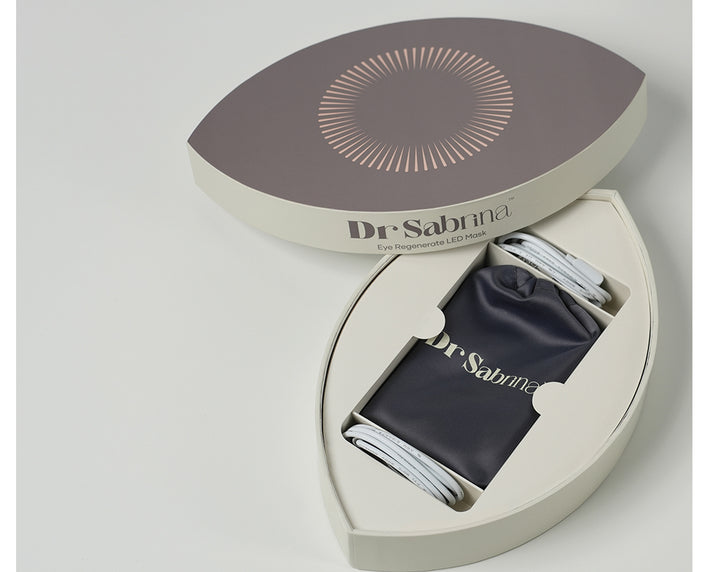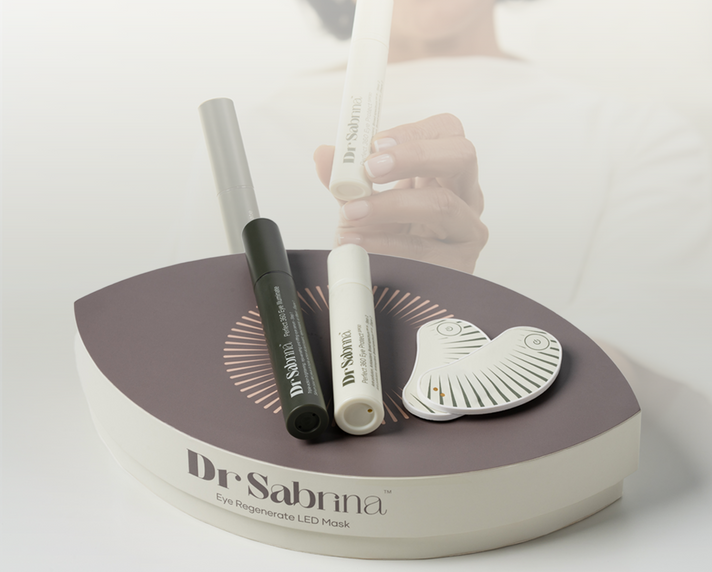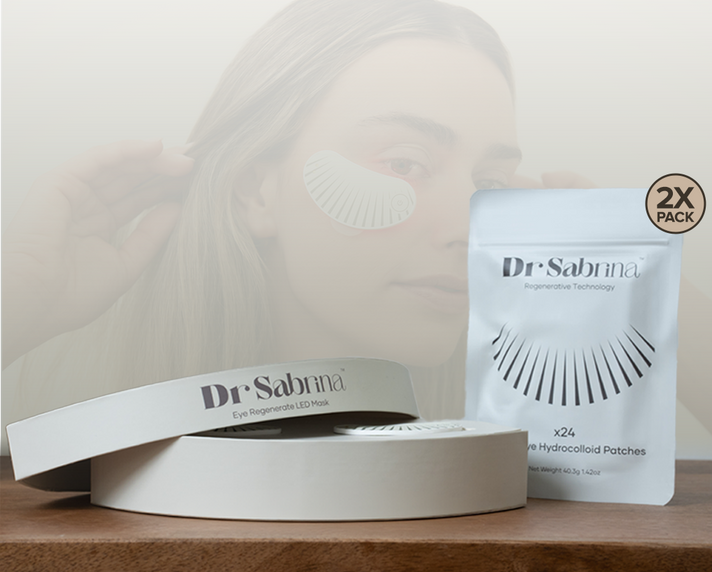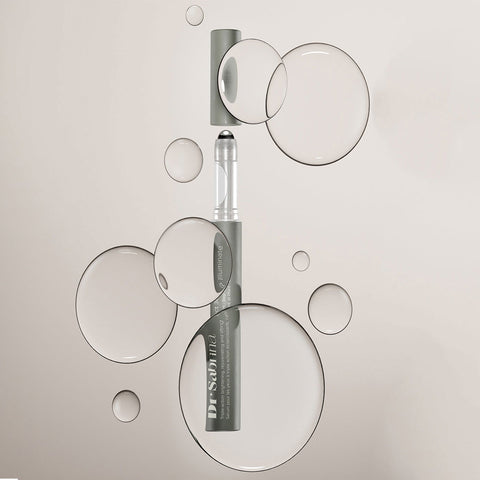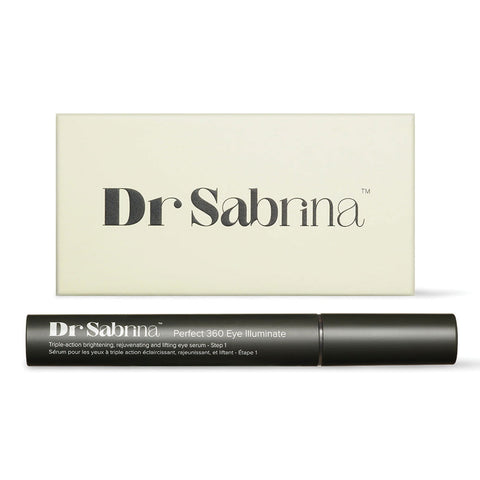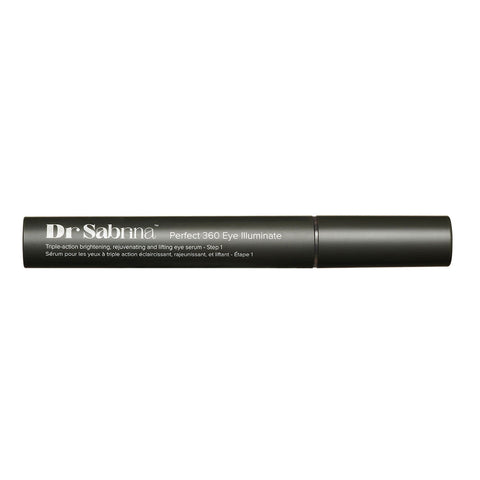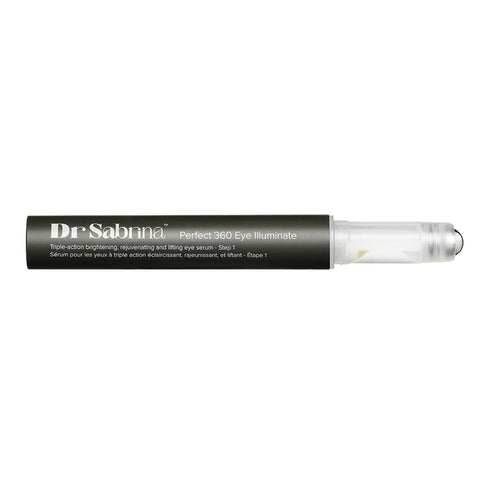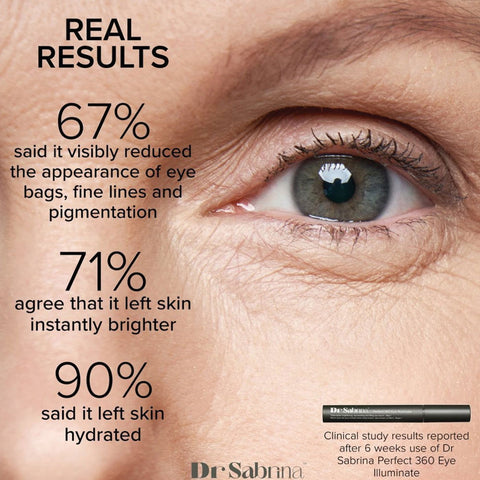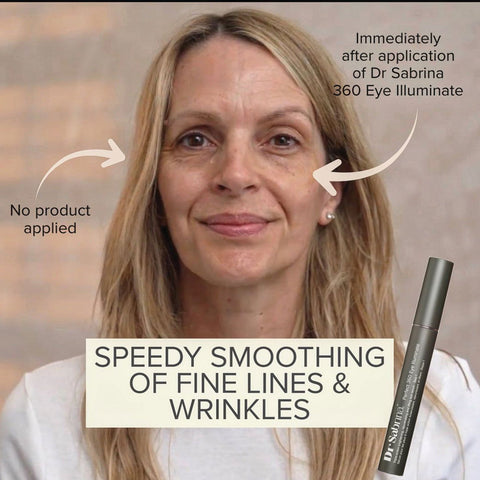Eye Serum
Serum vs Moisturiser: What Your Skin Needs?

Serum vs moisturiser: They’re not the same, and treating them as interchangeable can mean missing out on great skin days. If skincare aisles leave anyone scratching their head, serum here, moisturiser there, which goes first?
There’s good news: understanding the difference actually makes routines easier and results brighter. This guide digs deep into “serum vs moisturiser,” retinol cream vs serum, vitamin C serum vs moisturiser, and more, layering key facts in a humanised, patient-first tone.
Why Skincare Order Matters?
Ever noticed how some skin just “glows” while others seem stuck in the dull lane? The secret is not just what’s in a product, but how it’s used. Serum and moisturiser side by side on every shelf hold very different jobs. Every layer in a skincare routine serves a purpose, and skipping steps or mixing up the order can cause even the best products to fall short of their mark.
Table: Key Differences
|
Feature |
Serum |
Moisturiser |
|
Consistency |
Lightweight, fast-absorbing |
Thicker, creamy, barrier-forming |
|
Ingredients |
High concentration of actives (like vitamin C & retinol) |
Primarily hydrating & protecting compounds |
|
Function |
Targets concerns: anti-ageing, pigmentation, texture |
Locks in moisture, maintains barrier, soothes |
|
Depth of Action |
Penetrates deep, works below the surface |
Stays on the surface, shields against dehydration |
What is Serum?
A serum is a special agent of a skincare routine. It’s ultra-light, almost watery, and designed to glide deep into skin layers via tiny molecules and high concentrations of actives like vitamin C, hyaluronic acid, peptides, or retinol. Serums deliver power-packed treatments for specific concerns: fine lines, dark spots, dehydration, acne, the list is long.
- Serums are formulated for targeted results.
- They work best after cleansing, before anything heavier goes on top.
- They’re often best for layering: vitamin C serum in the morning and retinol cream or serum at night for gradual brightening, smoothing, or renewal.
This is where toner vs. serum also comes into play: toners prep the skin, but serums deliver active ingredients for real, visible results.
|
Tired of under-eye dullness? Give your eyes the gentle care they deserve with Dr Sabrina Perfect 360 Eye Illuminate. See the difference in brightness and smoothness with every use. Try Now! |
What Does a Moisturiser Do?
A moisturiser is the comfort blanket, bodyguard, and hydration hero. It’s richer and thicker than creams, lotions, and gels, each one locking water in and creating a protective shell against the world (pollution, dry air, and cold wind).
- Moisturisers contain humectants, emollients, and occlusives to keep water in and the elements out.
- Their primary function is to prevent water loss and soothe dry, tight, or flaky skin.
- They’re needed over serums to seal in benefits and hydrate all day.
- For those chasing luminosity, using the best vitamin C serum for glowing skin under your moisturiser can dramatically improve brightness before locking in hydration.
Serum vs Moisturiser: The Science Behind Layering
Skincare routines hinge on the “thinnest-to-thickest” principle. Serums blessed with small molecules slide through the surface to treat underlying issues. Moisturisers, with their large molecules, create the shield that locks in actives and prevents water loss.
- Always apply serum before moisturiser. Putting moisturiser first blocks those tiny serum actives.
- Waiting 60 seconds after serum application, before adding moisturiser, can help each product fully absorb.
Popular Confusions: Retinol Cream vs Serum, Vitamin C Serum vs Moisturiser
Retinol Cream vs Serum: Retinol cream is typically a thicker, barrier-forming product, making it a good choice for sensitive skin that requires gentle retinol delivery. Retinol serum is lighter, often more potent, and faster-acting (but may be stronger and so requires SPF the next morning).
Vitamin C Serum vs Moisturiser: Vitamin C is best absorbed from lightweight serums that penetrate deeper. Vitamin C in moisturiser supports free-radical defence but often comes in lower concentrations and stays on the surface.
Here, the difference between serum and moisturiser becomes obvious serums treat, moisturisers protect.
Eye Serum vs Cream and Face Serum vs Moisturiser: What Should Be Picked?
Eye serum vs cream: Eye serums, like their facial counterparts, bring higher concentrations of targeted ingredients (think caffeine for puffiness or peptides for firming) but are gentle for thin skin. Eye creams are creamy, hydrating, and form a protective shield for dry, sensitive under-eye areas.
Face serum vs moisturizer: Ideally, both. Serums address concerns at their root, and moisturisers keep skin comfortable and shielded. They’re built to work in tandem for long-term glow.
Is Serum and Moisturiser the Same Thing?
Absolutely not. Serums and moisturisers aren’t interchangeable; skipping one can leave skin thirsty or problems unaddressed.
- Serums are the specialists; moisturisers are the generalists.
- Using just moisturiser means missing powerful actives. Using just serum means skipping all-important hydration.
Common Mistakes and How to Avoid Them
1. Reversing the order:
Always serum first, then moisturiser. Otherwise, actives get blocked instead of absorbed.
2. Skipping steps in a rush:
Layer properly. Allow time for each product to settle, absorbing and prepping the skin.
3. Assuming “all-in-one” products replace true layering:
Even when moisturisers contain actives, their concentration is rarely as high as dedicated serums.
Building the Routine: Which Products to Choose?
Select serums that match your specific needs (e.g., brightening, anti-ageing, pore-minimising, etc.). Moisturisers should be chosen based on skin type (oily, dry, sensitive) and environmental exposure.
- Serums with vitamin C for morning radiance, retinol at night for smoothing and renewal.
- Moisturisers with ceramides, SPF, or calming ingredients for everyday protection and hydration.
Conclusion
Serums and moisturisers form a powerful duo in any effective skincare routine. Serums deliver high concentrations of active ingredients, penetrating deeply to address issues like wrinkles, dark spots, and uneven tone. At the same time, moisturisers lock in hydration and shield the skin, ensuring lasting comfort and barrier protection.
Applying serum first, followed by moisturiser, maximises the absorption and benefits of both products; skipping either can leave skin struggling with dryness or untreated concerns.
For radiant, healthy skin, choose serums for targeted solutions and moisturisers for lasting hydration; using both together addresses a full range of needs, from youthful glow to resilience against daily stressors.
FAQs
Q: Can face serum replace moisturiser?
A: No, serums treat, but moisturisers hydrate and protect. Both are needed for the best skin health.
Q: Which goes first, serum or moisturiser?
A: Serum always comes first, followed by moisturiser to seal in actives.
Q: Does retinol work better as a cream or serum?
A: Serums penetrate deeper but can be stronger. Creams buffer retinol for sensitive skin.
Q: What’s the difference between a serum and a moisturiser for the eyes?
A: Eye serums target issues like puffiness and fine lines, while eye creams hydrate and form a protective shield.
Q: Is vitamin C serum really “better” than vitamin C moisturiser?
A: For brightening, vitamin C serum generally delivers stronger, deeper results. Moisturisers supplement surface defence.
